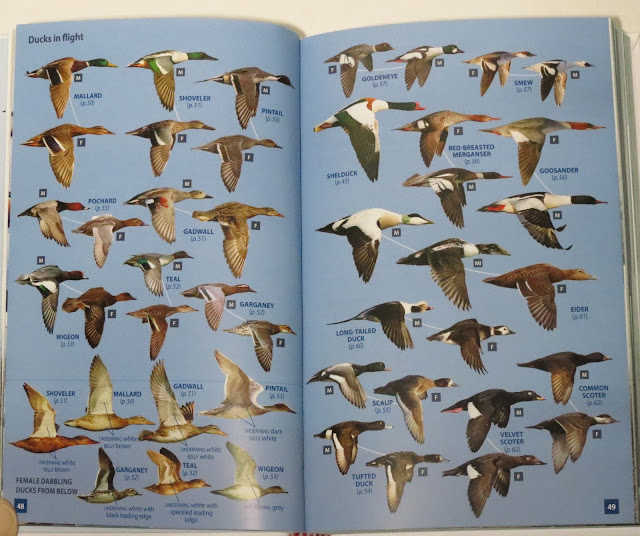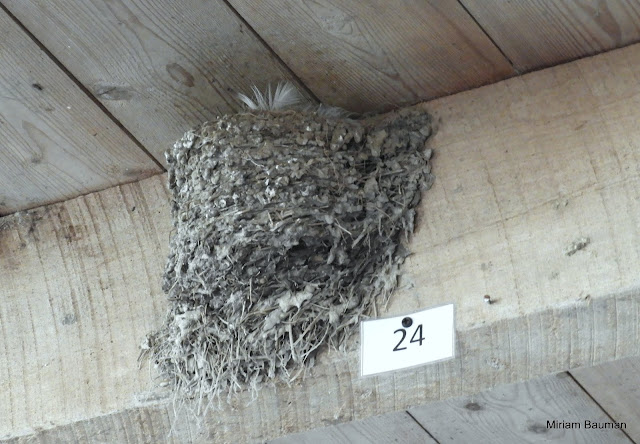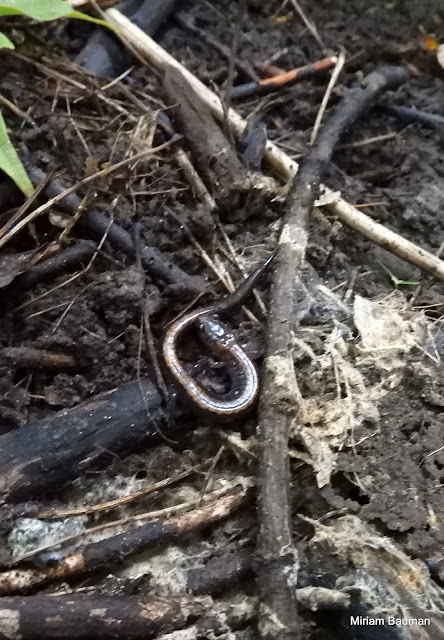My most recent encounter has been with Jeff Krete, an artist of great distinction, a wonderful conversationalist, a fellow with a cerebral quality applied to his creations in ways that confound the imaginative capacity of mere mortals like us.
Jeff embarked on his career as a carver in 1983, at the tender age of twenty-three. His early influences were Arn Pletzer, already eighty-four years old when Jeff came to know him; a pattern maker and distinguished artist who was affiliated with the Group of Seven. Jeff would carve a piece one week and take it to Arn the next for critique. Huge inspiration gained from fellow Canadian carvers Paul Burdette and Pat Godin were also developmental factors in Jeff's progression, and with their guidance he raised his skill level appreciably.
Jeff is quick to acknowledge the contribution of these mentors, and to emphasize the collegial relationship that exists between carvers, who, while fiercely competing against each other, are always willing to offer assistance to an up-and-coming future rival.
While completing one of his pieces Jeff needed to improve his welding skills, and contacted Pat Godin for help and received it without hesitation.
One of Jeff's prized possessions is a carving of an American Woodcock completed by Arn Pletzer and he was happy to show it to me.
No doubt he is reminded of his early days as a fledgling carver every time he looks at this piece.
As you will see as we explore Jeff's art throughout this article, it is an eclectic mix of style and subject, but one of the themes that will emerge is the connection between birds and human culture. And it is to this linkage that Jeff applies his most creative processes.
Let us examine one piece that took my breath away with its complexity, detail, and execution. Fortunately (only for me) this piece has not sold so I was able to see it.
A few years ago, as no doubt many of you remember, there was great interest in Egyptology, engendered primarily by the touring Tutankhamun exhibit, and this provided the inspiration for Jeff to complete one of his most ambitious pieces.
Looking at the exquisite rendition above, it is perhaps appropriate to remind everyone that this is carved out of wood and hand painted. Jeff was unhappy with the results to be obtained with gold paint, so he applied actual gold leaf to portray the richness and majesty of the subject.
The Egyptian god, Horus, was believed by its devotees to be embodied in a falcon.
You will note the iconography of this side of the falcon, rich in shimmering gold. On the reverse side, however, are the true colours of a Peregrine Falcon, representing the fusion between the natural world and the realm of deities and spirits.
The sarcophagus is carved from a single piece of tupelo. I can tell you from having seen this piece, the precision is nothing short of exquisite and it is accurate down to the smallest detail.
Here is Jeff hard at work on it.
Who can begin to imagine the amount of time spent on this work? How many frustrations, how many technical details to be worked out, how many obstacles to overcome? In fact who can conceive of the creative force to come up with the theme in the first place?
It is a tour de force by any standards; a masterpiece both in conception and realization.
The Ward World Championship, having its origins as a forum for decoy makers to display their oeuvre, will be fifty years old in 2020. Jeff has won first in the world five times, achieving that honour for the first time in 2006, in the floating pairs category, with a pair of Barrow's Goldeneye.
This was followed a year years later with a win in the decorative miniature category, with three Northern Pintails in flight.
Jeff felt that the second championship meant that the "pressure was off." He knew that he was not a one-off wonder!
A pilot himself, Jeff has a love affair with flight, and many of his works, such as the one above, reflect this passion.
In 2007 Jeff was again a world champion, once more in the decorative miniature category, this time with an Argus Pheasant.
The pinnacle of Jeff's creative output resulted in a world championship and a People's Choice Award in 2014. Jeff considers this his finest piece to date - only to be surpassed in the future, mind you!
It represents the inter-relatedness between the flight of birds and the flight of aeroplanes, and is aptly called "The Anatomy of Flight." How magnificently this is displayed, you may readily see below.
The bird is rendered life size and every aspect of the bird and the machine is rendered accurately, with attention to even the most minor detail. The fusion of bird and aeroplane are exquisitely presented. Every flowing line is pleasing to the eye and leads one to soar toward the clouds.
It is hardly surprising that Jeff looks extremely happy standing by his work, having already learned that he has been declared world champion.
Jeff's most recent award-winning piece (2016) is entitled Bering North Sea Ducks, featuring Long-tailed Ducks and a King Eider.
Oh that it were to grace my shelves!
Jeff has now been a world champion in three of the five categories at the Ward World Championships. The two that remain to be conquered are World Decorative Life Size and Three Bird Shooting Rig. Jeff does not hesitate to to declare that he intends to be the first win in all five categories.
A piece that I find incredibly beautiful and interesting, and one of Jeff's favourite three pieces that he has ever completed, is of a Cape Buffalo with a Cattle Egret on its head, reminding me of scenes that I have seen in South Africa. Jeff entered this work in the World Miniatures category in 2002, and it won nothing! It seems hard to believe, but of course I did not see the winning sculptures. I can only say that they must have been quite phenomenal!
In addition to his success at the world championships Jeff has also won the Canadian National Championship six times and has numerous second and third place honours in a range of competitions.
From a commercial standpoint Jeff creates decoy masters for Avery Greenhead Gear, a decoy company in the United States, a time-consuming and demanding occupation.
There are so many more beautiful pieces created by Jeff, and so many more stories to tell, but I will feature just a few below, and you will judge for yourself the wealth of talent of this truly remarkable artist.
Like all champions, Jeff has a championship ring. It now has five stones, four diamonds and a ruby for the win on the 40th anniversary. I expect that Jeff will soon have rings for more than one finger!
Jeff is in demand as a teacher and takes a week each year to conduct classes for aspiring new carvers. He has travelled to Manitoba, Saskatchewan, Alberta and British Columbia to impart his knowledge and skills to others. Lucky the students to have been tutored by a master!
Who can even imagine what is next for this amazing artist? Who knows what ideas are percolating in his head? I will be anxious to run into him at the next show to see the latest output from his creative mind and skillful hands. I can guarantee you it will be unique and both challenging and pleasing to all who see it.
The purpose of these features on carvers is not to compare one with the other, nor to rank or rate them, but to expose you to the incredible work that they produce. I must say, however, that I derived an enormous degree of satisfaction from my interview with Jeff. He gave me insights into the process in ways I had not previously considered and removed a couple of layers from my blinders and opened up new vistas and perspectives. He added a whole new intellectual component to the work he shares with his fellow artists, man and woman, young and old. He is modest to a fault, a true champion in every way.
I urge you to follow Jeff on Facebook by searching for Jeff Krete or Jeff Krete Wildlife Art; you may personal message him there.



















































































.svg.webp)









